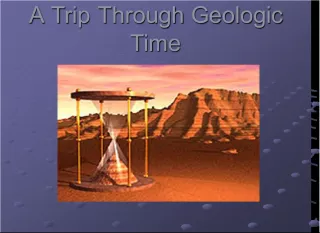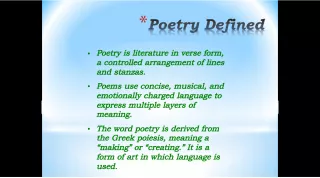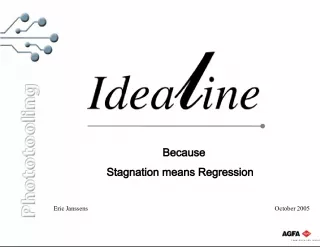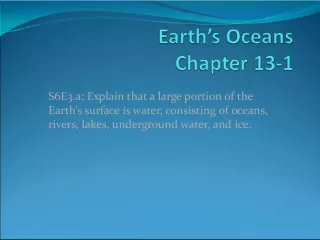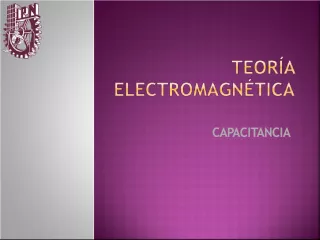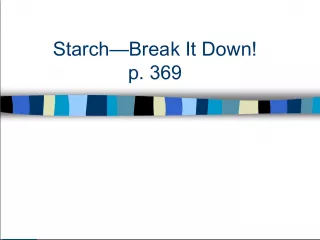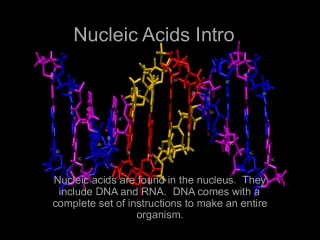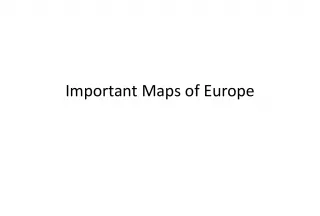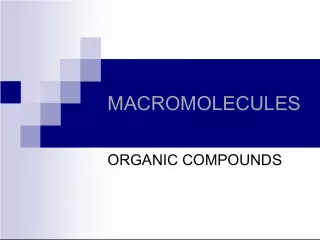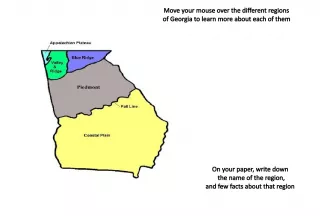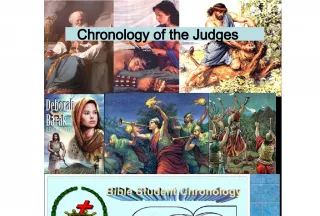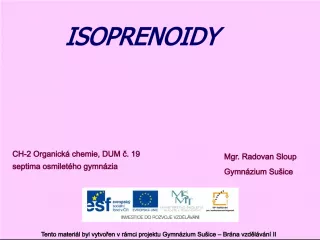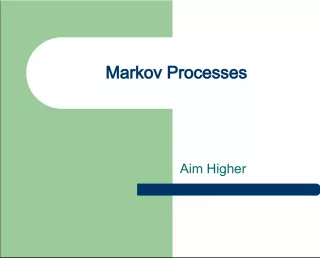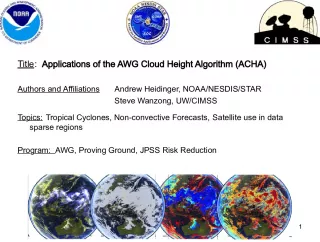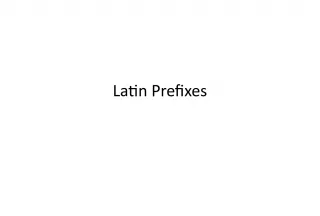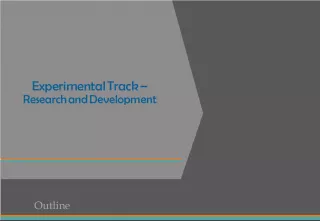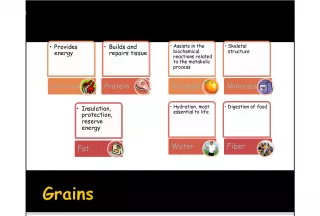rposition states that older layers are found beneath younger layers, allowing us to track changes over time. • Fossils found in the same
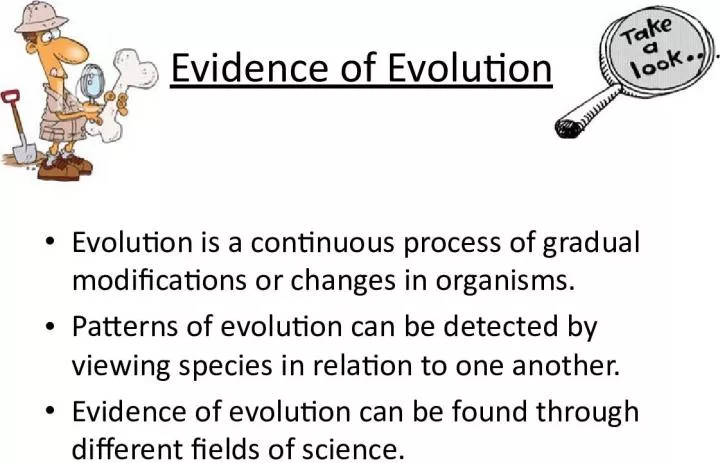

de1Evidence of Evolution• Evolution is a continuous process of gradual modifications or changes in organisms. • Patterns of evolution can be detected by viewing species in relation to one another. • Evidence of evoluti
- Uploaded on | 3 Views
-
 polyan
polyan
About rposition states that older layers are found beneath younger layers, allowing us to track changes over time. • Fossils found in the same
PowerPoint presentation about 'rposition states that older layers are found beneath younger layers, allowing us to track changes over time. • Fossils found in the same'. This presentation describes the topic on de1Evidence of Evolution• Evolution is a continuous process of gradual modifications or changes in organisms. • Patterns of evolution can be detected by viewing species in relation to one another. • Evidence of evoluti. The key topics included in this slideshow are . Download this presentation absolutely free.
Presentation Transcript
Slide1Evidence of Evolution• Evolution is a continuous process of gradual modifications or changes in organisms. • Patterns of evolution can be detected by viewing species in relation to one another. • Evidence of evolution can be found through different fields of science.
Slide2Fossil EvidenceBones, Molds, Casts, Amber
Slide3Fossil Record• Fossils in the lower layers were present on earth before fossils in the upper layers. • Law of superposition. • Descent with modification (Darwin’s first law of evolution). • Fossils show similarities and differences.
Slide4Biogeography• Involves the mapping and study of the patterns of distribution of fossils and living organisms within and between the world's regions.
Slide5Embryological Development• Compares the similarities of developing vertebrate embryos indicating common ancestry.
Slide6Homologous and Analogous Structures• Modified structure that is seen among different groups of descendents – Provide strong evolutionary relationships – Shows that several different species have one common ancestor – Also known as comparative anatomy
Slide7Comparative Anatomy• Wings are analogous, though bones are homologous
Slide8Homologous Structures• Differences – appearance and function • Similarities – skeletal structure, derived from same embryological development • Forelimbs of the following organisms are homologous because they have the same internal skeletal structure even though they look different externally and have different functions.
Slide9Analogous Structures• Butterfly wings and bird wings are analogous because they have the same function and appearance even though they have a different internal structure and develop differently. • Similarities – function and appearance • Differences – embryological development and internal structure
Slide10Vestigial Structures (useless feature)• Body structure that is greatly reduced in function that may have been useful to an ancestor. – Ex: human appendix, whale femur, coccyx ear muscles, wisdom teeth
Slide11Biochemistry (Similarities inMacromolecules) • Scientists can compare DNA sequences, amino acids sequences or proteins to view similarities and differences among organisms. • The amino acid sequence in human hemoglobin and gorilla hemoglobin differ by one amino acid, while human and frog hemoglobin differs by 67 amino acids.
Slide12Mechanisms/Patterns ofEvolution
Slide13Mechanisms/Patterns of Evolution• Divergent Evolution -occurs when isolated populations of a species evolve independently – Ex: Different food available in different habitats (Galapagos Finches) -Eventually, separated populations will become so different they can no longer interbreed (results in new species)
Slide14Mechanisms/Patterns of Evolution• Convergent Evolution -When different species with different ancestors develop similar characteristics -Environment selects similar phenotypes -Ex: Sharks and porpoises (fish vs. mammal) develop streamlined bodies and fins (analogous structures)
Slide15Mechanisms/Patterns of Evolution• Coevolution - two or more species evolve in response to each other – Flowers & pollinators
